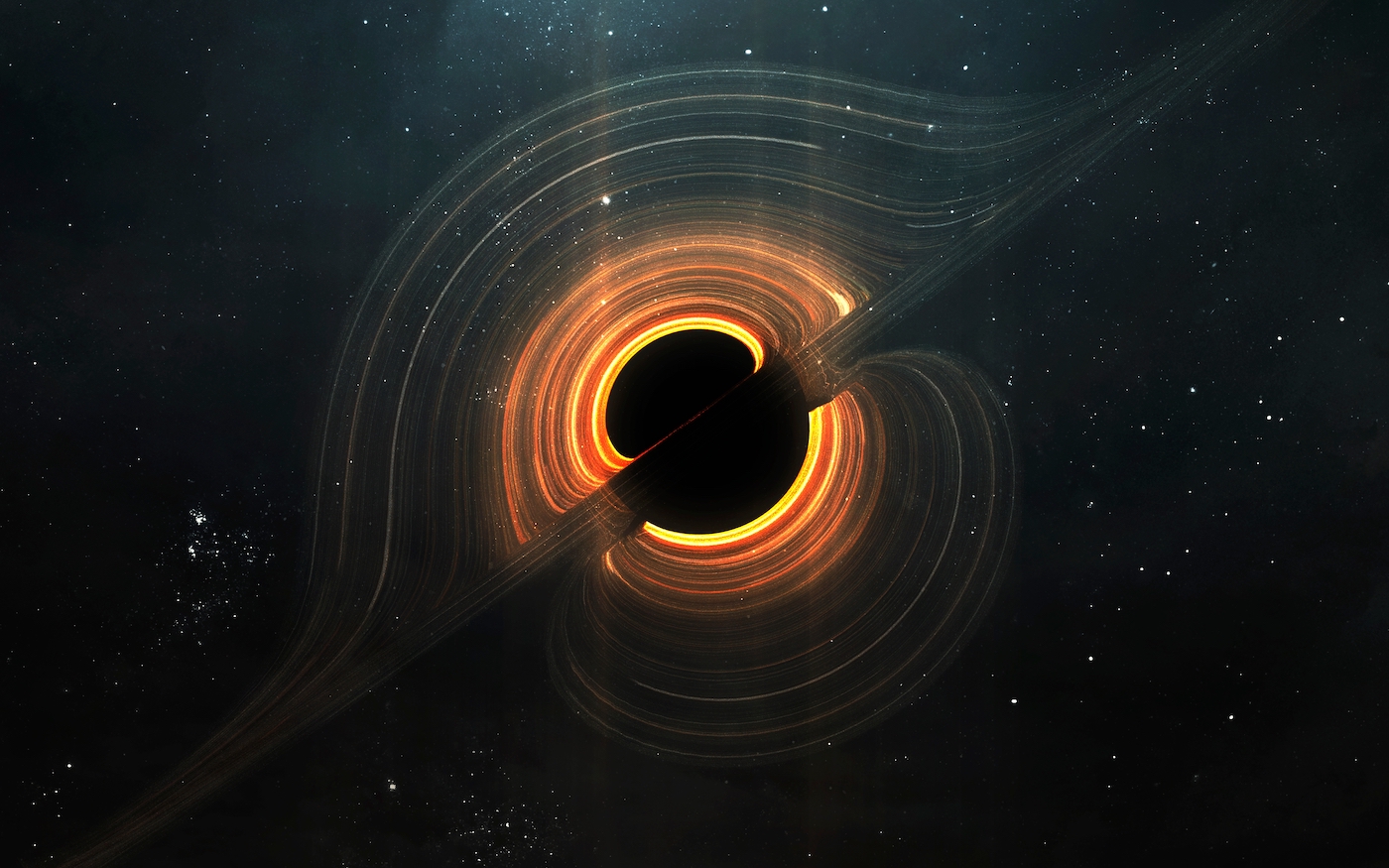How Ancient Art Influenced Modern Astronomy
How do we make sense of the vast expanse above our heads, the millions of stars we might be able to see, and the billions more we can’t?
Listen to Universe of Art on Apple Podcasts, Spotify, Google Podcasts, Stitcher, TuneIn or your favorite podcasting app.

Looking into space can be pretty daunting. How do we make sense of the vast expanse above our heads, the millions of stars we might be able to see, and the billions more we can’t?
Now, what about listening to space? That’s the task that Sam Harnett and Chris Hoff gave themselves, for their series “Cosmic Visions.” They’re the team behind “The World According to Sound,” a podcast that’s brought our listeners close to the sounds of science over the last few years.
This new series takes listeners through the history of astronomy and the study of the cosmos, from ancient Babylon to the Hubble Telescope. Harnett and Hoff join guest host John Dankosky to talk about why different ways of knowing are helpful for scientists, how images of nebulae share a striking resemblance to photos of the American West, and what their favorite space sounds are.
Universe of Art is hosted and produced by Dee Peterschmidt, who also wrote the music and produced the original segment. Our show art is illustrated by Abelle Hayford. And support for Science Friday’s science and arts coverage comes from the Alfred P. Sloan Foundation.
Do you have science-inspired art you’d like to share with us for a future episode? Send us an email or a voice memo to universe@sciencefriday.com.
Dee Peterschmidt is a producer, host of the podcast Universe of Art, and composes music for Science Friday’s podcasts. Their D&D character is a clumsy bard named Chip Chap Chopman.